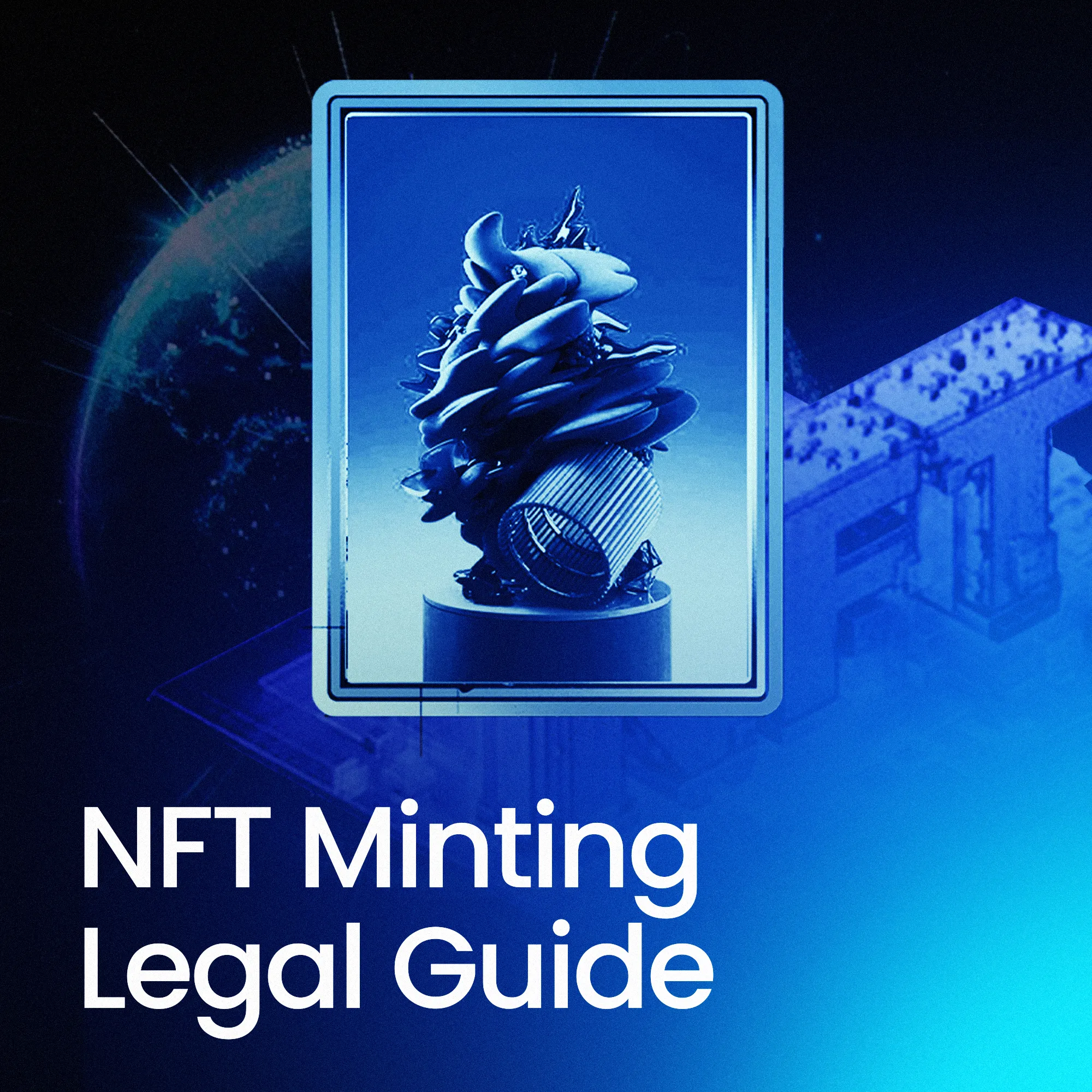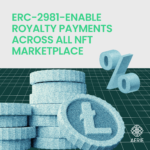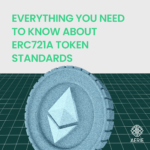Navigating Legal Minefields: A Guide for NFT Artists

Do you remember the case involving Yuga Labs, the brains behind the renowned Bored Ape Yacht Club NFTs? They found themselves embroiled in a legal battle with Ryder Ripps, an individual who minted NFTs bearing a striking resemblance to the Bored Apes.
Claiming he was merely “trolling” the audience, Ripps faced accusations of trademark infringement. He tried to shield himself under the umbrella of parody and satire, but the situation became murkier when it was revealed he had pocketed a cool $3 million from his endeavors. Legal experts weighed in, and it became evident that blurring the lines between satire and profit-making could lead to some complicated legal messes.
So you, a digital artist, just finished creating a masterpiece. The colors, the textures, every pixel is just right. As the cherry on top, you decide to mint it as an NFT to share it with the world and perhaps earn on the side. Before you dive headfirst, it’s essential to be aware of the legal intricacies that surround it.
Understanding the basics of copyright
Alright, let’s paint a picture (pun intended) to kick things off. Imagine Jane, our protagonist for today. A vibrant budding artist with the fervor of a newbie, she discovers a captivating photograph on a well-known website. The idea bulb lights up! She tweaks it with a few artsy filters and proudly mints her very first NFT. But her joy is short-lived. Just days into her digital art journey, she finds herself on the receiving end of a stern copyright infringement notice. Ouch, right?
Now, you might wonder, “She did add filters and modify it. Doesn’t that count for something?” Well, here’s where things get interesting (and a tad complicated). Every piece of artwork, every snap of the camera, every melody hummed, carries with it an inherent copyright. Think of it as an invisible shield that the creator automatically wields once they bring something original into the world. This shield gives them the exclusive right to decide how, where, and when their creation is used.
So, even if you sprinkle some creative magic on an existing piece, like our friend Jane did, that pesky original copyright lingers. It doesn’t just vanish because you’ve added your unique twist.
What’s the takeaway? If you’re itching to use content that didn’t sprout from your own imagination, it’s crucial to seek the green light from the original creator. Trust me, a little chat (or email) can save you a world of legal headaches down the line. After all, it’s all about respect in the world of art, both for the craft and for the fellow artists who pour their souls into their creations. So, always play it safe and ask for those permissions!
Dealing with Celebrity Faces and Famous Places
Picture yourself strolling through a digital art gallery, and you come across a dazzling NFT featuring the Mona Lisa wearing modern sunglasses, or perhaps a renowned Hollywood star set against the backdrop of the Eiffel Tower. It’s tempting, isn’t it? To incorporate such universally recognized faces and places into your artwork. But here’s where caution becomes your best companion.
It’s easy to assume that popular figures, long past their prime or those still in the limelight, are part of the public domain. But using the likeness of someone famous can lead to unexpected challenges. Case in point: The late and beloved actor Chadwick Boseman. When an NFT artist decided to auction a piece featuring his image, the actor’s estate was, understandably, less than thrilled. It wasn’t just about using his face; it was about the rights to his likeness and the emotions attached to his memory.
Similarly, using famous landmarks isn’t a free-for-all either. While it might seem that landmarks, being public structures, are up for grabs, many are protected under various rights and laws. For instance, while you can snap a selfie with the Eiffel Tower during the day, did you know that its nighttime illumination is a copyrighted art installation? Using that in a commercial endeavor without permission can invite unwanted legal attention.
The moral of the story is that whether it’s the captivating smile of a celebrity or the awe-inspiring grandeur of a landmark, always tread carefully. Ensure that you’re not just borrowing, but rather, you’ve got the license to do so. Because in the world of art, as in life, it’s always better to ask for permission than to beg for forgiveness.
Steering Clear of the Plagiarism Pitfall
You’ve spent countless hours, days, maybe even weeks, pouring your soul into creating your masterpiece. And then, one day, as you’re browsing an NFT marketplace, you stumble upon something eerily familiar. It’s your creation, your baby, but it’s not being showcased by you. Instead, someone else is parading it around, claiming it as their own. The heartbreak, the betrayal — it’s a nightmare no artist should ever have to endure.
Remember, as artists, it’s crucial to abide by the golden rule: do not do unto others what you don’t want others to do unto you. Respecting the creative work of your peers is not just an ethical obligation but a cornerstone of a thriving and supportive NFT community.
The world of blockchain, for all its revolutionary potential, has a shadowy underbelly. Its decentralized nature, while offering immense advantages, can also be a playground for art pilferers. They lurk in the corners, waiting for an opportunity to snatch someone else’s masterpiece and pass it off as their own.
So, what can you, as a conscientious artist, do to protect your precious creations?
A Handy Guide to Protecting Your Digital Masterpieces
Let’s journey into digital defense, shall we? Every artist wants to feel that sense of security, knowing that their masterpieces, those creations they’ve poured their heart and soul into, are safe from prying and pilfering hands. Here are some tried and true methods to ensure your art remains as uniquely yours as your fingerprint:
◾ Watermarking: Think of this as a gentle whisper of your name across your artwork. It’s discreet, but it boldly declares, “This is mine!” It might not keep all the copycats at bay, but it certainly makes them think twice.
◾ Copyright Registration: It’s like a protective shield, offered by the very laws of your land. By registering your masterpiece, you’re arming yourself with the legal might to challenge any miscreants.
◾ Licensing: Spell it out! Whether you’re okay with admirers using your art for personal giggles or want it to remain untouched without proper tribute, set those terms clear.
◾ Community and Social Media Engagement: A close-knit community of followers can be your eyes and ears. Engage, share, and let them help you safeguard your creations. After all, there’s strength in numbers.
◾ Educate the Public: Spread the word, not just about your art but about the sacredness of intellectual property. A little awareness goes a long way in keeping the NFT universe respectful and original.
AERIE’s AI Check: Ensuring Artistic Integrity
Now, before we wrap up this guide, let’s take a moment to spotlight a modern marvel that’s become an artist’s best friend in the Web3 world: AERIE. AERIE specializes in bulk minting and tokenization. But its crown jewel? An AI feature dedicated to maintaining the integrity of artistic creations.
Boasting an impressive AI library with a staggering eight to nine million images — and counting — AERIE is a powerhouse against plagiarism. Every time an artist decides to mint their NFT with AERIE, this platform swings into action. It meticulously scans the uploaded artwork, holding it up against the vast sea of images in its library, ensuring its distinctness.
And here’s the magic: If AERIE’s keen AI eyes detect a doppelganger in its records, it springs into preventative action. No double-minting allowed here! This ensures that artists can have peace of mind, knowing that their digital art won’t find unauthorized copies.
So, as we journey through the vibrant and ever-evolving world of NFTs, it’s comforting to know that there are innovative tools and platforms like AERIE, standing shoulder to shoulder with artists, safeguarding their creations. Because in a world of digital marvels, authenticity and originality should always shine brightest. Safe minting, dear artists!









